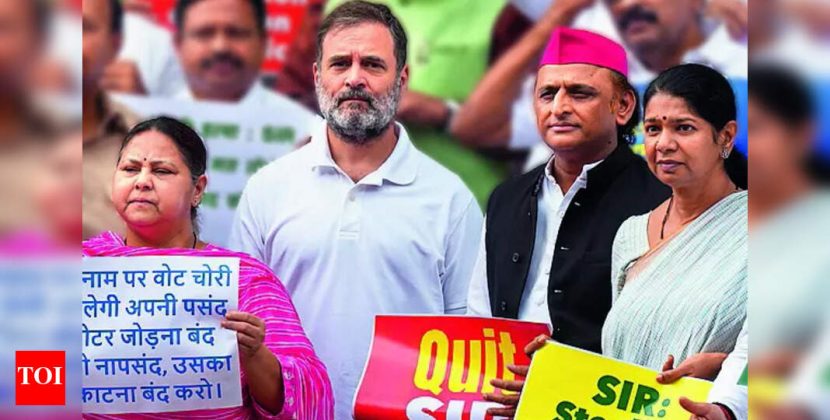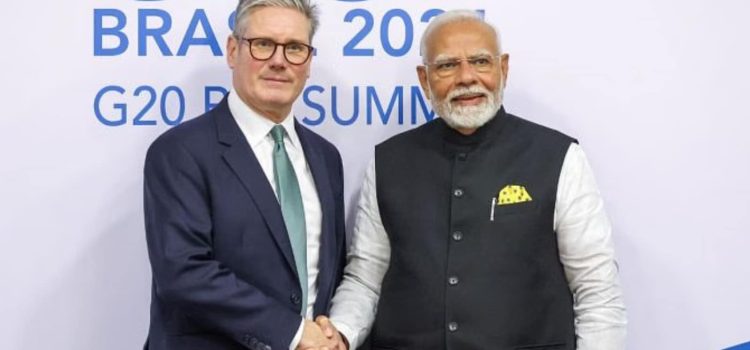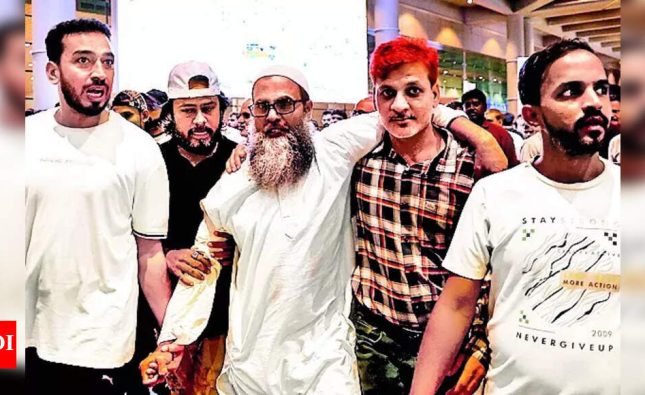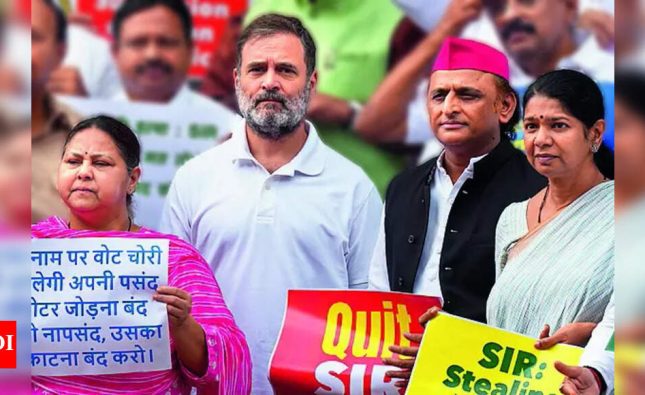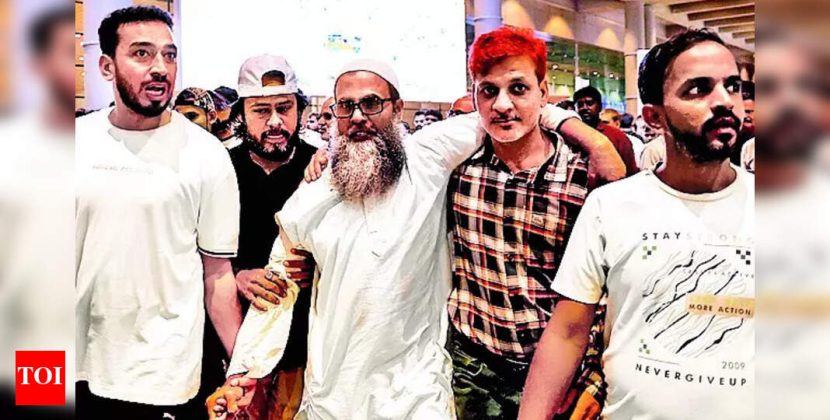
As Prime Minister Narendra Modi prepares for his highly anticipated trip to the UK – his first since Keir Starmer came to power – the Cabinet on Tuesday approved the free trade agreement, news agency PTI reported, quoting sources. The pact, described by PM Modi as a “landmark deal,” will be signed during the Prime Minister’s visit to London this week. Commerce and Industry Minister Piyush Goyal will accompany Modi.
The two countries announced the conclusion of negotiations for the trade agreement on May 6, where Starmer had hailed it as Britain’s “biggest trade deal” since Brexit.
These discussions come at a time when the Trump dispensation in the United States is seeking to reshape global trade rules by imposing a wave of tariffs.
Once the free trade agreement is signed, it will require approval from the British Parliament before it can take effect. The India-UK free trade agreement (FTA) will come into force after signing and ratification by both countries.
India-UK Deal: What’s at stake
This move is likely to boost major industries such as textiles, leather, footwear, sports goods, toys, marine products, gems and jewellery, engineering goods, auto parts and engines, and organic chemicals.
Under the agreement, India will reduce tariffs on 90 per cent of British goods, with 85 per cent becoming completely duty-free over a period of 10 years. In return, Britain has agreed to lower its tariffs on certain products, resulting in 99 per cent of India’s exports to the UK facing zero duties.
Currently, India-UK trade accounts for approximately 2 per cent of India’s total trade, underscoring an underutilised partnership given the size and potential of both economies.
Currently, an 8-12 per cent duty is levied by the UK on apparel and home textiles imported from India. With tariffs being eliminated on 99 per cent of Indian goods, including textiles, incremental capacities are likely to be added in the next 4-5 years to execute orders.
(With inputs from PTI)

